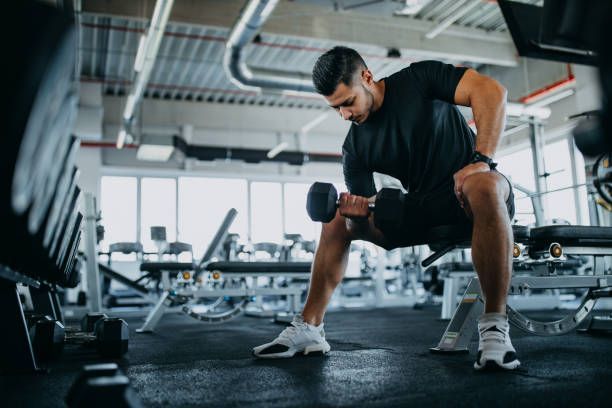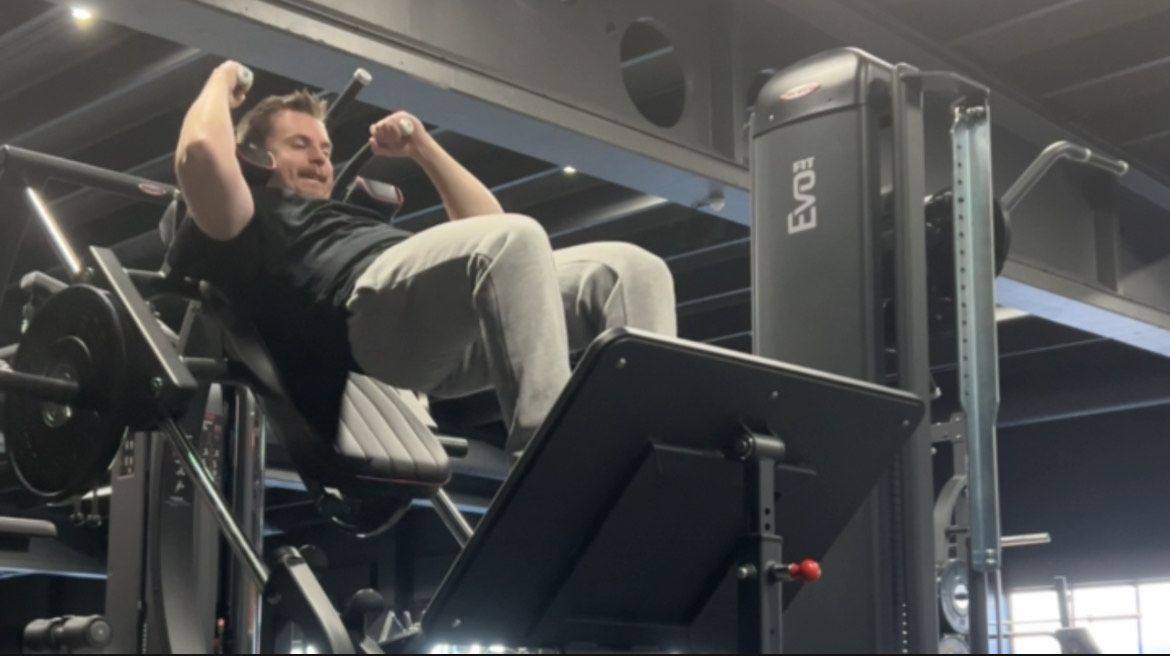How to build your bench press
Your quick guide on how to increase your bench press
The bench press is often referred to as the king of upper-body exercises. It’s a foundational movement in powerlifting, bodybuilding, and general strength training that primarily targets the chest while engaging the shoulders and triceps. Whether you're a novice or a seasoned lifter, mastering the bench press is essential for building a strong, muscular upper body. In this in-depth guide, we’ll explore the mechanics of the bench press, common mistakes, tips for progression, and how to dramatically increase your bench press strength.
Anatomy of the Bench Press: Muscles Involved
To maximize the bench press, it’s important to understand the key muscles activated during the movement. These muscles work together to push the weight and stabilize the bar throughout the exercise.
- Pectoralis Major (Chest): The largest muscle of the chest, responsible for the bulk of the pressing power. It helps bring the arms across the body and generates the force to push the barbell away from the chest.
- Anterior Deltoids (Front Shoulders): These muscles assist the chest in the upward movement of the bar, playing a significant role in stabilizing the shoulders.
- Triceps Brachii: Located on the back of the upper arms, the triceps extend the elbows, helping to straighten the arms during the press.
- Latissimus Dorsi (Lats): Though often overlooked, the lats help stabilize the bar and assist in controlling the descent during the lowering phase.
- Serratus Anterior & Rotator Cuff Muscles: These muscles assist with shoulder stability and protect against injury by stabilizing the shoulder joint.
- Core and Lower Body (Stabilization): A stable core and leg drive help keep your body firm on the bench, especially when handling heavier weights.
Proper Bench Press Technique: Step-by-Step
To lift heavier and avoid injury, performing the bench press with correct technique is paramount. Here’s a detailed breakdown:
- Setup:
- Lie on the bench with your eyes directly beneath the bar. Your body should be positioned so that your shoulders, back, and glutes are in contact with the bench.
- Feet should be flat on the floor, slightly behind your knees, creating a firm foundation. This will allow you to use leg drive to stabilize and support the lift.
- Grip the bar with your hands slightly wider than shoulder-width apart. The grip should allow your elbows to be at a 45-degree angle relative to your body as you lower the bar.
- Retract your shoulder blades (squeeze them together) to create a stable upper back and minimize shoulder strain.
- Unrack the Bar:
- With your core tight and shoulder blades retracted, press the barbell out of the rack and position it over your chest, arms fully extended.
- Lowering the Bar (Eccentric Phase):
- Slowly lower the bar by bending your elbows, bringing it down in a controlled manner to your mid to lower chest (sternum).
- Keep your elbows tucked at approximately 45 degrees to your body to reduce shoulder stress.
- Avoid flaring your elbows out too wide, as this can increase the risk of shoulder injury.
- The Press (Concentric Phase):
- As the bar touches your chest, engage your chest, shoulders, and triceps and drive the bar upward while exhaling.
- Use leg drive to assist with the press. Push your feet into the floor, but ensure your glutes stay in contact with the bench.
- Press the bar in a slight arc back towards your face to finish the lift with the bar directly above your shoulders.
- Lockout:
- Finish the movement by fully extending your arms without locking your elbows, ensuring your shoulders stay engaged to protect the joints.
Common Bench Press Mistakes to Avoid
- Flaring the Elbows: This places unnecessary strain on the shoulder joints and increases the risk of injury. Instead, keep your elbows tucked at around a 45-degree angle.
- Bouncing the Bar Off the Chest: This reduces muscle engagement and can cause injury to the chest or rib cage. Always lower the bar under control and let it lightly touch your chest before pressing.
- Arching the Back Excessively: While a slight arch is necessary for proper form, excessively arching the back can lead to lower back injuries. Focus on core tightness and maintaining a stable spine.
- Improper Grip: Gripping the bar too wide or too narrow can strain the shoulders or wrists. Stick to a grip width that allows your forearms to remain vertical when the bar touches your chest.
- Neglecting Leg Drive: Your legs are an important part of stabilizing the lift. Engage them by pressing your feet into the floor throughout the entire movement.
Strategies to Increase Your Bench Press
If you’ve hit a plateau or want to increase your bench press strength, these advanced tips and training strategies will help you break through to the next level.
1. Progressive Overload
The most important principle for increasing strength is progressive overload—consistently adding more weight or reps over time. Aim to increase the weight you lift by 2.5-5 lbs every few weeks. Alternatively, focus on adding more repetitions or sets with the same weight to improve muscle endurance and strength.
2. Focus on Technique
Small tweaks in your form can make a big difference in your bench press performance. Focus on these technical improvements:
- Tight Upper Back: Squeeze your shoulder blades together to create a strong base for pressing.
- Leg Drive: Push through your legs during the press to create more power and stabilize your body.
- Bar Path: Press the bar in a slight arc rather than straight up. Start the bar over your lower chest and push it back toward your shoulders.
3. Accessory Exercises
To increase your bench press, it’s essential to strengthen the muscles involved in the movement. Incorporate the following accessory lifts into your routine:
- Close-Grip Bench Press: Focuses more on the triceps, which are crucial for the lockout portion of the bench press.
- Incline Bench Press: Targets the upper chest and shoulders, improving overall pressing strength.
- Overhead Press: Builds shoulder strength, which is critical for bench pressing.
- Dips: An excellent exercise for developing the triceps and chest.
4. Train Your Weak Points
Identify where you struggle in the bench press (bottom, middle, or lockout) and target that specific range:
- Paused Bench Press: Pausing the bar on your chest for 1-3 seconds helps increase strength off the chest.
- Board Press or Pin Press: If you struggle in the middle of the lift, performing presses with a board or from pins allows you to focus on that portion of the lift.
- Floor Press: This exercise limits the range of motion and strengthens the lockout phase.
5. Increase Frequency
Training the bench press more frequently can accelerate strength gains. Consider bench pressing 2-3 times per week using different variations (e.g., flat bench, incline bench, close-grip bench) to improve various aspects of the lift.
6. Use Periodization
Periodization involves varying your training intensity and volume over time. Alternate between strength phases (lower reps, heavier weight) and hypertrophy phases (higher reps, moderate weight) to maximize muscle growth and strength.
- Strength Phase: Focus on sets of 3-5 reps with heavy weight (85-95% of your 1RM).
- Hypertrophy Phase: Focus on sets of 8-12 reps with moderate weight (65-75% of your 1RM).
7. Utilize Spotters and Safety Equipment
When lifting heavier weights, always use a spotter for safety. Additionally, consider using safety equipment like a power rack with safety pins set just below chest level to catch the bar if you fail a lift.
Nutrition and Recovery
Increasing your bench press is not just about what you do in the gym—nutrition and recovery play a massive role in strength gains.
1. Caloric Surplus
To build strength and muscle, you need to consume more calories than you burn. A caloric surplus provides the necessary energy for muscle growth. Focus on high-quality protein (chicken, beef, fish, eggs), complex carbs (rice, potatoes, oats), and healthy fats (avocados, nuts, olive oil).
2. Adequate Protein
Protein is the building block of muscle. Aim for 1-1.2 grams of protein per pound of body weight to support muscle repair and growth.
3. Rest and Recovery
Muscle growth happens outside of the gym. Prioritize:
- 7-9 hours of sleep per night.
- Taking rest days to allow your muscles to recover and grow.
- Proper hydration and mobility work to keep joints healthy and avoid injury.
Conclusion
The bench press is an essential movement for anyone looking to build upper-body strength and muscle. By focusing on proper technique, incorporating accessory exercises, and following a structured program of progressive overload and recovery, you can significantly increase your bench press strength. Stay consistent, be patient with your progress, and apply the strategies outlined above to hit new personal records.











